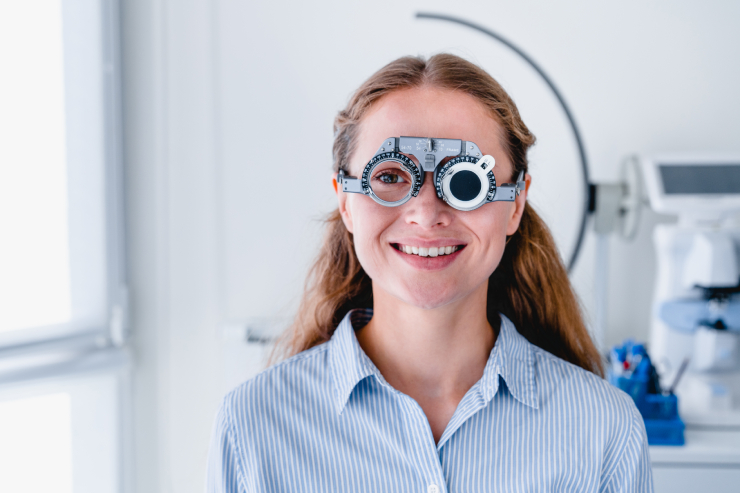
Myopia is a refractive error where distant objects appear blurry while close objects can be seen clearly. This occurs when the eyeball is too long relative to the focusing power of the cornea and lens, or when the cornea has too much curvature. As a result, light entering the eye is focused in front of the retina, rather than directly on it, causing distant vision to be unclear.
The primary symptoms of myopia include:
Myopia can develop due to various factors, including:
A comprehensive eye examination is required to diagnose myopia. During the exam, our eye care professionals will:
Eyeglasses:
Contact Lenses:
Orthokeratology (Ortho-K):
Refractive Surgery:
Atropine Eye Drops: